How to Write Blog Posts Using AI
November 24, 2022
What is Artificial Intelligence or AI?
Artificial intelligence is a term that has been used for many decades. It is often confused with other terms such as machine learning and deep learning. AI is a branch of computer science that deals with the simulation of intelligent behavior in computers.
The term artificial intelligence was coined in 1955 by John McCarthy, who defined it as “the science and engineering of making intelligent machines.”

You can read more about AI here.
How does AI Writing work?
If you’re a content writer, digital marketing agency, solopreneur, small business or anything/anyone else then this is a must-read for you!
One of the burning questions we often come across is ‘are AI writing assistants going to make human writers obsolete?’ (trust us on this, our marketing ninjas had the same doubts during the hiring process). Well, there is only one answer to this which is kinda universal. No, irrespective of how smart our AI gets, it would NEVER be able to replace an actual human. Sure, AI can replicate most of the thoughts a regular person might have but nothing more than that.

AI writing assistants are not replacements for human writers. They simply provide assistance to content writers by getting rid of writer’s block and generating content ideas at scale, hence helping y’all overcome the occasional writer’s block.
As you might be aware already, AI writing is based on predicting the next word and so on. Our tool is trained using millions of data points across the internet, making itself a massive knowledge bank for you to make the most out of. Unlike some other software, our tool is continually learning and getting updated with new and amazing features to cater to our tribe.
Why use AI to write blog posts?
Along with many other content forms, our AI is loved for its long-form writing feature. Your friendly writing assistant is always ready to provide its tribe with fresh ideas and insights on a given topic. Not only this, but our bot also ensures that the text is informative, engaging & easy to read. You can get its real-time readability score here!
Chalking the OUTline
One of the biggest challenges one might face while kick-starting a new piece is its outline. Sure, you need a super-informative piece about veganism & have widely researched the topic. However, all those large fragments of information would mean nothing if they can’t be put together nicely. You see, content writing is no less than art and it’s on the artist to make their art presentable.
Here’s where & how your friendly AI writing assistant can come into the picture. Simply give a keyword for our AI to work around and see it unravel its magic!
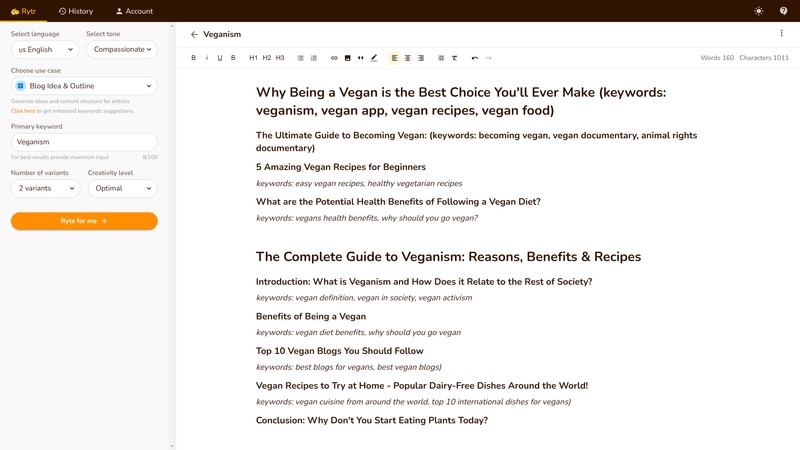
As you can see, we have generated 2 different outlines for the blog we’re making and guess what- you can generate as many as you want & select the subheadings of your choice.
Now, we would want to shortlist our picks on the sub-topics and expand them one by one.
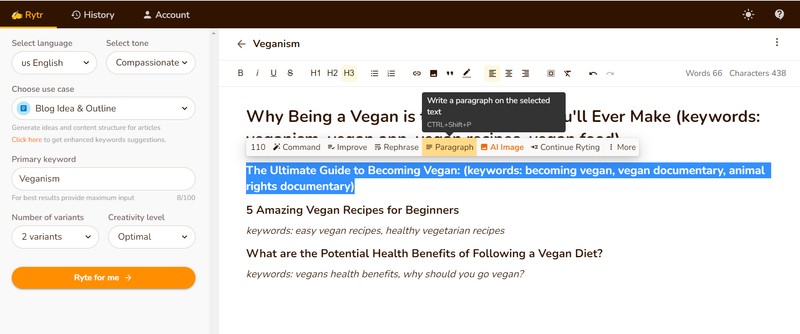
We will simply choose the ‘paragraph’ option from the ribbon and sit back.
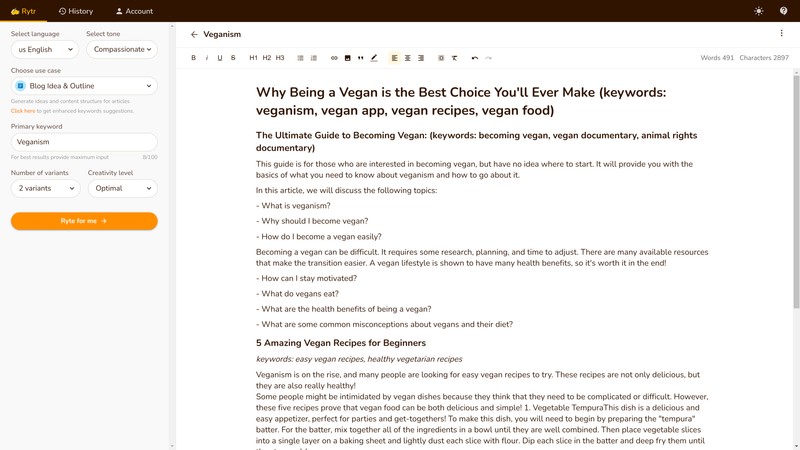
You see, now we have A LOT of content to work around. Let’s add more to it!
Simply select a piece you would like to expand or ‘continue’ and then look for ‘continue ryting’ command.


Now you have even ‘more’ content for your blog. Pretty neat, right? You can keep doing this as many times as you like but don’t forget to add your own magic to it 😉
Oh wait, did we tell you that most of the content would be unique and plagiarism free? Here’s how you can be double sure.
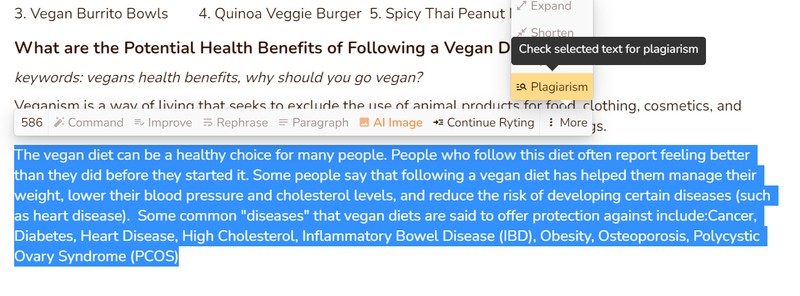
We use Copyscape for our plagiarism checks, one of the leading players in this domain. The checker will quickly go around the internet to look for similar matches. Wait for it…

Oh well, guess who is ready with a brand new blog? ?
Alternatively, you can utilise the ‘Blog Section Writing’ use case to ask your new assistant to write only a particular section/sections for you in case a full-length blog is not required.
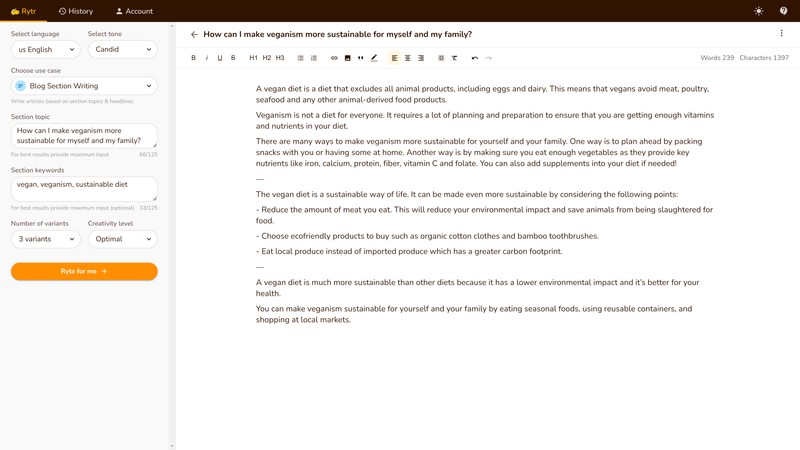
Conclusion
?
Irrespective of all the mind-boggling developments we are seeing in the field of AI, it would never be ‘perfect’ enough to replace a human in the field of content writing without any level of human review and input. However, it can give you a lot of ideas and content to work around and save you an extraordinary amount of time.